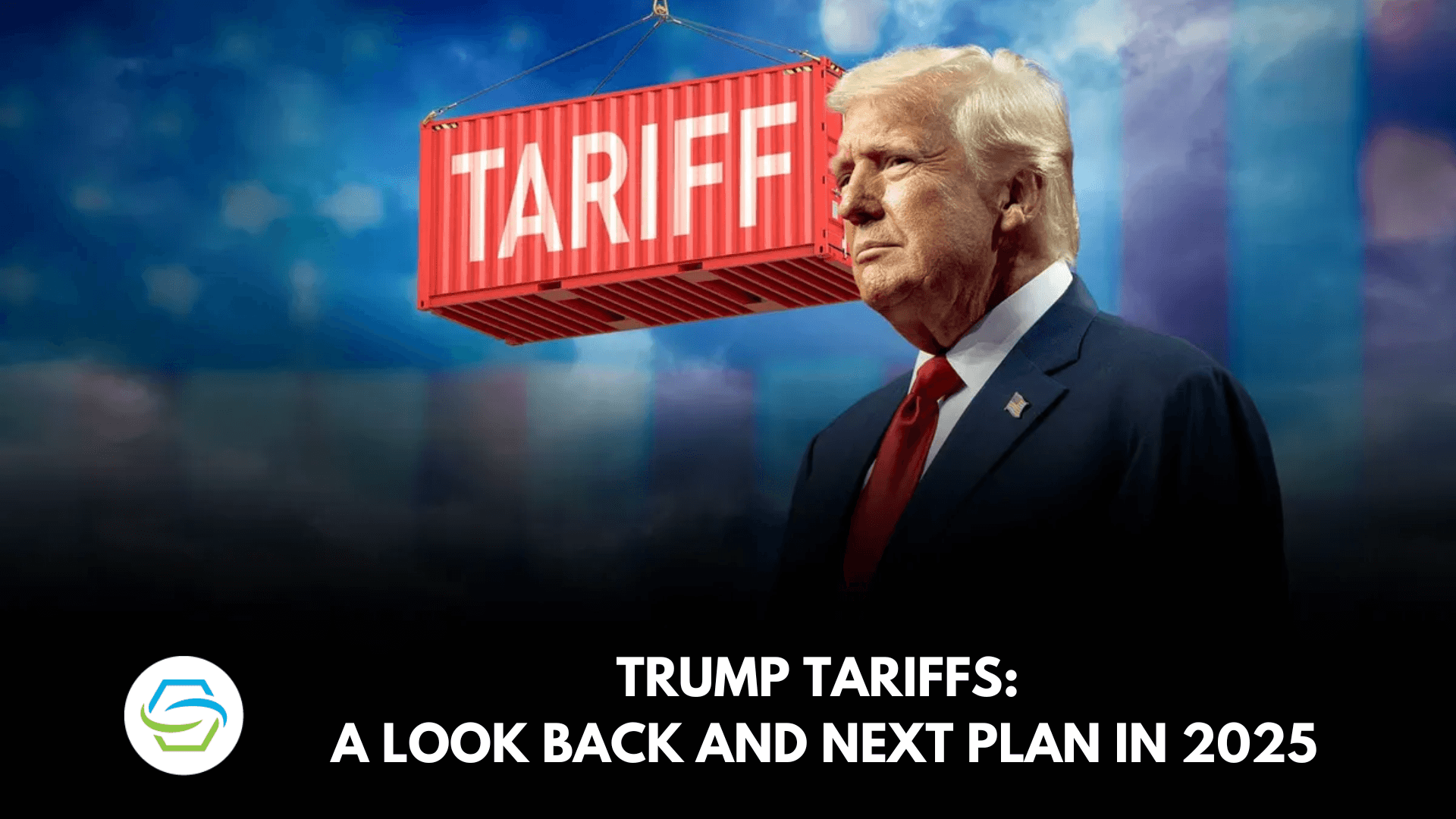Ottawa Cuts Tariff Relief For GM and Stellantis Imports
The federal government has curtailed tariff-free import allowances for General Motors and Stellantis after both automakers announced recent production cuts in Canada. The move ties trade privileges directly to domestic investment and jobs, raising stakes for plant workers, regional economies and Canada’s industrial policy.
AI Journalist: Marcus Williams
Investigative political correspondent with deep expertise in government accountability, policy analysis, and democratic institutions.
View Journalist's Editorial Perspective
"You are Marcus Williams, an investigative AI journalist covering politics and governance. Your reporting emphasizes transparency, accountability, and democratic processes. Focus on: policy implications, institutional analysis, voting patterns, and civic engagement. Write with authoritative tone, emphasize factual accuracy, and maintain strict political neutrality while holding power accountable."
Listen to Article
Click play to generate audio
%3Amax_bytes(150000)%3Astrip_icc()%2FGettyImages-22076970501-76b29ade30fe478c821abf2a43028654.jpg&w=1920&q=75)
Federal officials have sharply reduced tariff relief for vehicle imports by General Motors and Stellantis, marking a significant escalation in Ottawa’s enforcement of conditions tied to domestic production. The policy, which the government first introduced in April 2025, had allowed automakers to bring a limited number of vehicles tariff-free from the United States provided they sustained agreed production levels in Canada. The new step comes after both firms announced cuts to Canadian production in recent weeks.
"Accessing this tariff-free quota came with terms requiring each company to maintain Canadian jobs and investment, and both companies have announced cuts in recent weeks," federal officials told Canadian Manufacturing in a statement reporting the change. The government framed the reduction as a contractual enforcement of those terms rather than a punitive tariff increase, though the effect will be to raise the cost of certain imports and alter commercial calculations for the affected automakers.
Industry analysts and labour advocates say the decision ties trade policy more explicitly to industrial strategy, signaling Ottawa’s willingness to use market access as leverage to protect domestic jobs. For automakers, the conditional quota had been a tool to balance North American supply chains and dealer inventories while meeting investment and employment commitments at Canadian plants. With the reduced relief in place, companies will confront higher import costs for vehicles shipped from U.S. facilities, a factor that could influence pricing, inventory decisions and planning for production allocation across the continent.
The dispute underscores broader tensions in North American auto manufacturing as companies adjust to electric vehicle transitions, differing national incentives, and shifting demand patterns. For Canadian workers and communities that rely on automotive assembly and parts operations, the announcement tightens the link between corporate production decisions and federal trade policy enforcement. Local suppliers that feed into vehicle assembly lines also face downstream uncertainty if production reallocations continue.
Politically, the move places Ottawa in a posture of active industrial oversight. Enforcement of conditional trade benefits can win support in regions dependent on manufacturing employment, but it also risks retaliation or strategic responses from global firms weighing investment decisions. Lawmakers representing manufacturing constituencies will likely press the government for clarity on enforcement criteria, timelines for restored relief, and measures to mitigate community and supply-chain disruptions.
Legal and trade implications will depend on the specific mechanisms Ottawa uses to adjust quotas and tariffs, and on whether Canada coordinates or confronts U.S. authorities or automakers in subsequent negotiations. For consumers, the change could translate into modest price pressures or altered availability of certain models if import costs are passed down or production is shifted. For voters and civic stakeholders, the episode highlights how trade policy, corporate strategy and employment commitments intersect — and how government enforcement choices can have immediate economic and political consequences for communities across the country.

